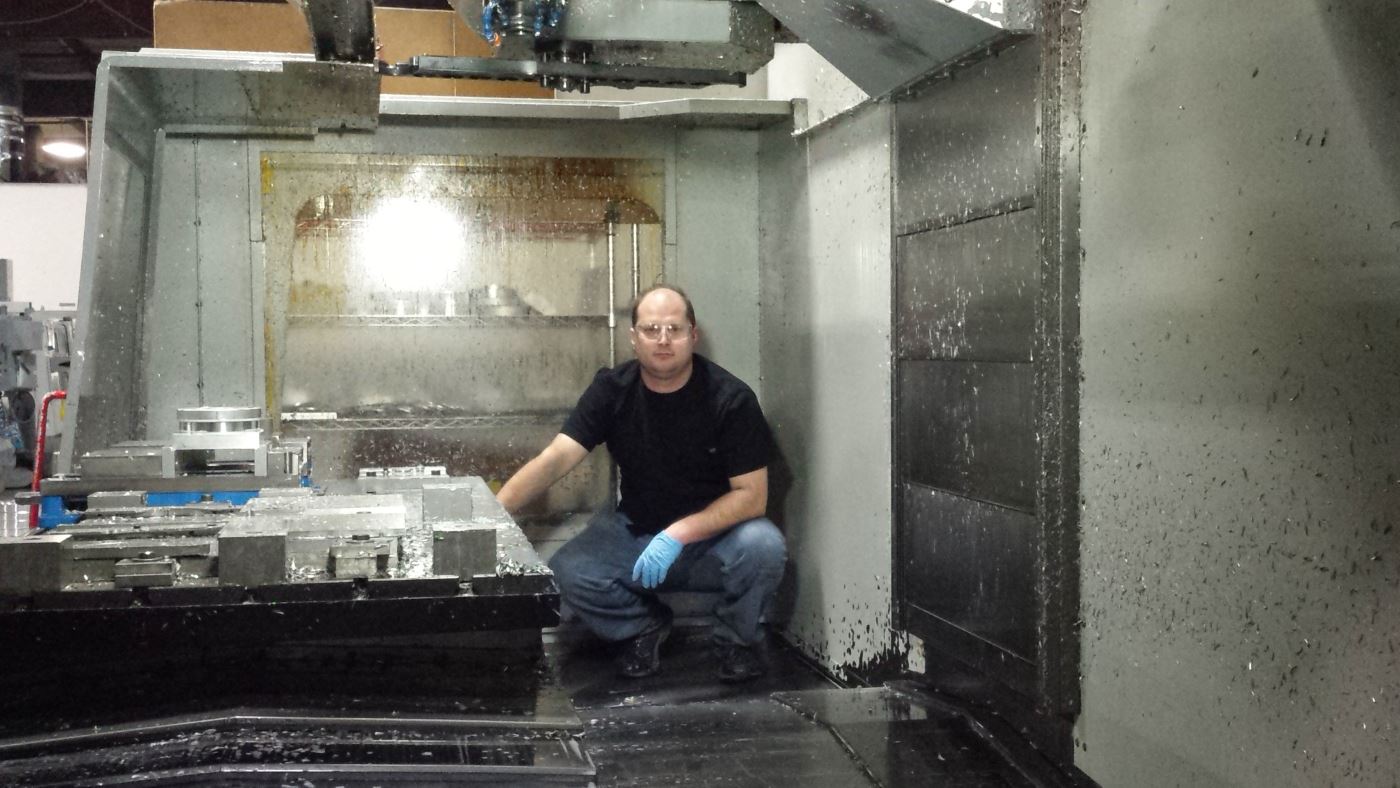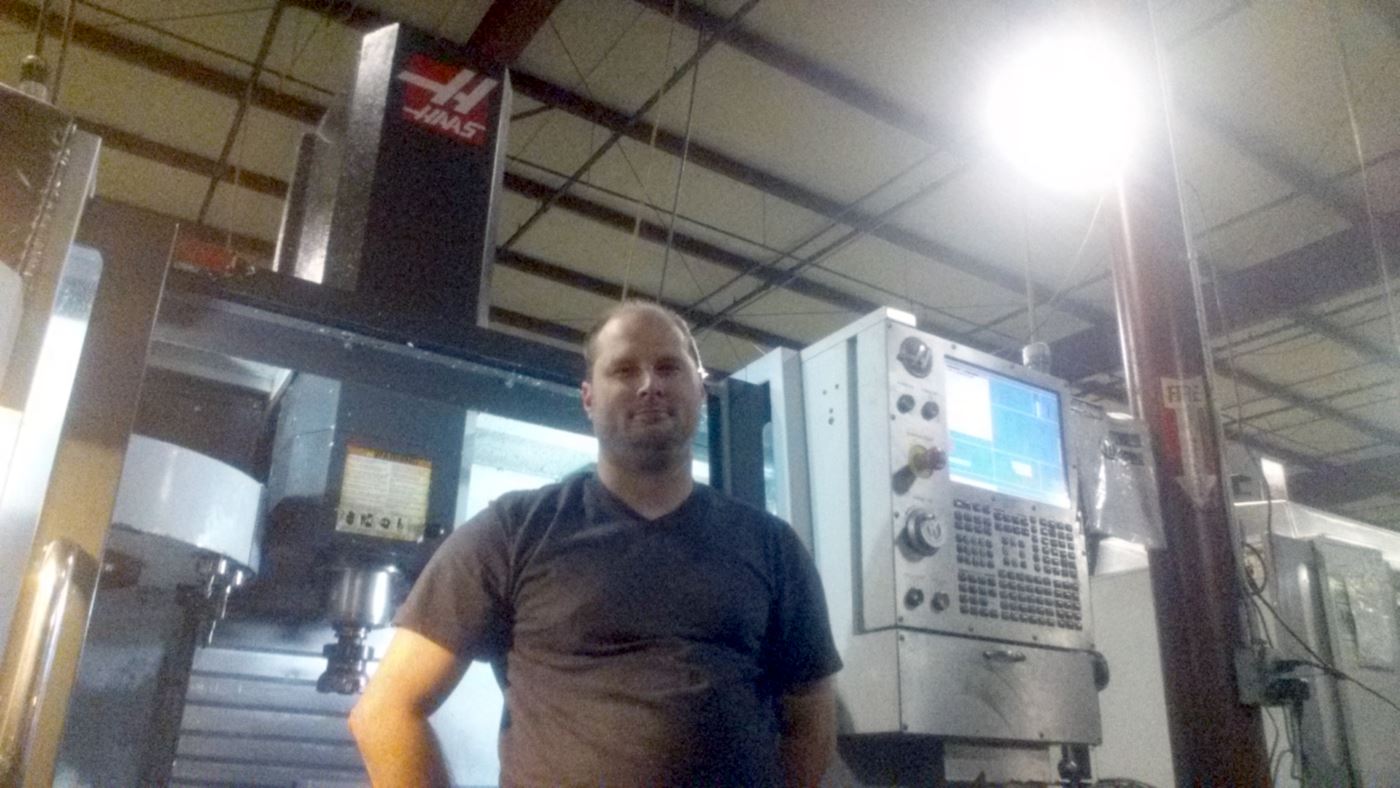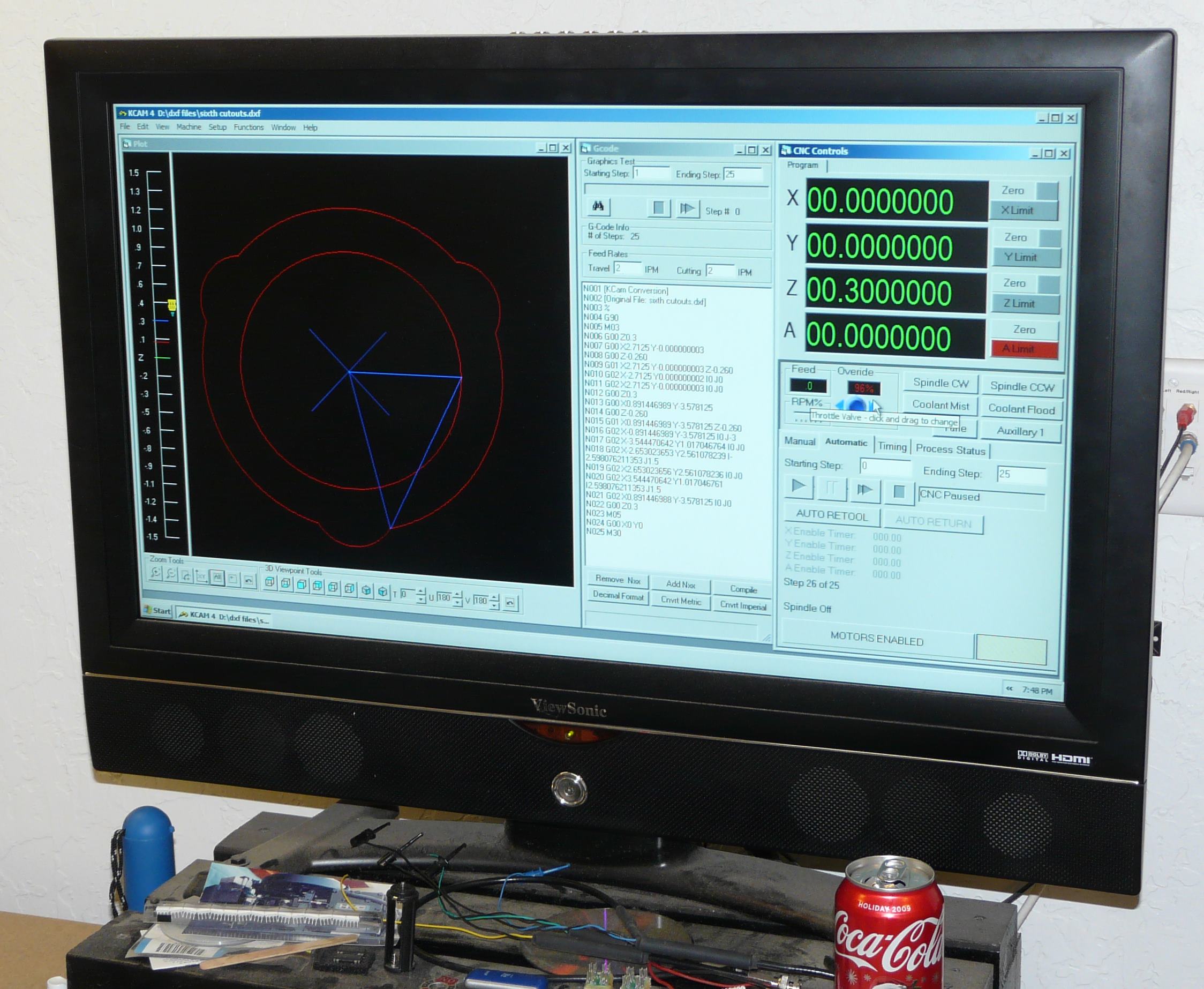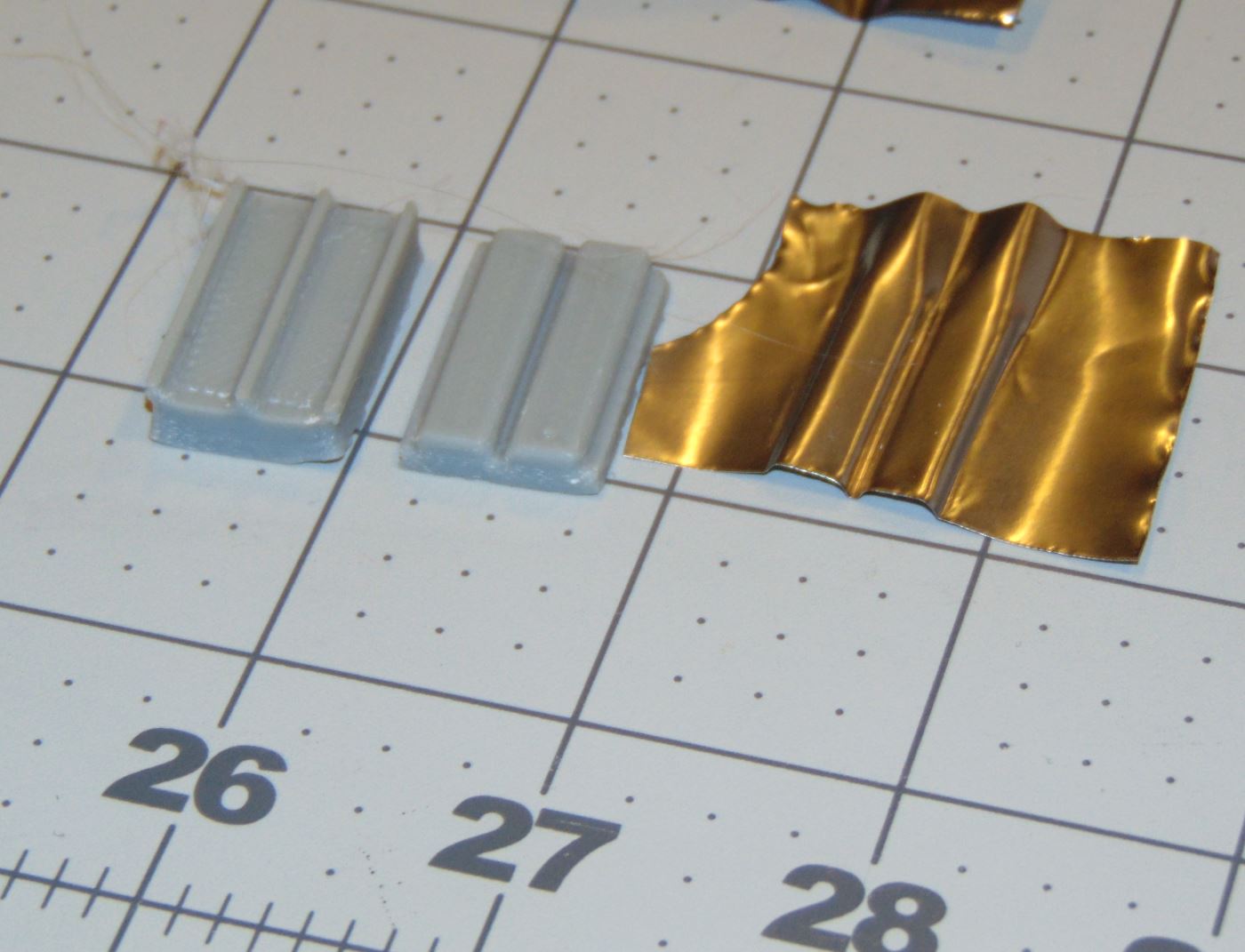Direct Methanol Fuel Cells for long duration flight by means of replacing Lithium Polymer batteries.
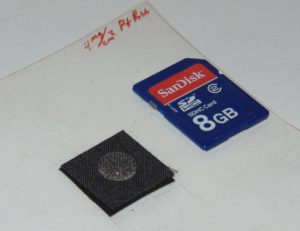
https://www.grants.gov/web/grants/search-grants.html?keywords=power%20generation
https://advances.sciencemag.org/content/3/6/e1700580
Introduction:
Since the beginning of aviation the metrics of flight have remained the same. How far can this machine fly ? How fast ? What can it carry and do ? These are the terms that define an aircraft’s “usuability”.
Typical moderate lift drones in the several pound category, built by hobbyists for themselves, can lift a mid to good quality camera system for 20 minutes or so while staying in a hover and maneuvering a bit. As was stated earlier, a longer duration of flight opens up more opportunities to the user.
With greater duration a farmer or surveyor can see farther, a wedding photographer can stay longer and not fear a dead battery at the worst time and missing the best moment.
Mathematically we can see this difference.
The area of a circle varies as A=Πr² , so it is obvious that the radius squared component will determine the area covered non-linearly. As the radius increases by a small amount the total area available for exploration grows fast . . . really fast. Typically in civilian and military applications an aircraft is capable of various configurations. It can go farther or faster, lift heavier cargo or some combination adding up to its new and improved capabilities. With drones for home and hobby use this means more “fun” flying or for small family businesses staying in the air and making money while your battery powered competing companies find themselves landing too often to replace those batteries.
The energy density of hydrocarbon and similar chemistry is far superior to that or electro-chemistry. Measure of energy and power of alcohol or any other flammable chemical beats that of any battery type currently known. While batteries continue to benefit from enormous investment, they are certainly nearing a plateau within the next few decades. While fuel cell for better and worse are a technology still in its infancy, with enormous room for growth over the same decades, with many billions of dollars, large companies and vast laboratories filled with the best of PhDs.
Given all this, the use of a micro fuel cell system seems to solve many of our current drone (and other robotic machines) limitations. But how to build one? And why has it not been done yet ?
First, building useful fuel cells is difficult, and there are special requirements, gas pumps for cars and common batteries are easy and well known. Hydrogen fuel cells are severely limited in terms of tank-age, valves, hydration, volume and mass per watt. The Methanol fuel cell is much easier to build and control, smaller to fit on drones, and can be operated by sophisticated technically inclined drone builders and operators.
And second, we small groups haven’t needed fuel cells of this kind before as the explosive growth of drones has just arrived in a few years. Now the desire and need do exist.
Finally, many of the “big time” fuel cell making companies want to sell large systems for factories and offices where they can charge a great deal per device and maybe get a government subsidy while they’re at it. We small drone businesses and users don’t have much market (yet) to persuade others with.
As for the device itself we have some requirements were aiming for. First 12-13 Vdc so it behaves like a 3s or 4s LiPo battery, and about 30 amps output while weighing 3 lbs. This means 300 watts or a little more for surge demand. Were still in the estimate phase here, that’s why the first $700 Kickstarter is needed to pin the specifics down.
Now there are issues with this new and emerging technology.
- Methanol cross-over and chemical kinetics.
- Poor response to rapid changes in load demand.
- High cost of Platinum, Ruthenium and Naifion.
- Difficult to mechanically assemble, ( must be water tight ).
- Materials required, Stainless Steel, Teflon and Nylon.
- Power conditioning (switch mode power supply).
- Plant coordination via microcontroller.
- Start and stop times can be long, perhaps several minutes.
- low voltage per cell.
Ive already got a few clever solutions I’m eager to try.
Hey wait a minute . . .
Patrick, you mentioned Hydrogen being difficult to handle, expensive and having a whole lot of operating disadvantages. What about this fuel cell with this methanol stuff ?
Great question, and here’s our drone users advantage. Hobby stores already receive shipments of car and airplane liquid glow fuel, so for their employees its not a big deal to have our stuff on the shelf. It can be shipped by ground mail. The methanol is different, but handled the same, and probably cheaper in our case. But don’t ever use glow fuel in a fuel cell or it will be permanently poisoned and destroyed. So the support logistics look better for this methanol system than any other, there’s also buying via eBay and similar internet sources.
Having conducted research, experiments and with previous years of fabricating experience I don’t see these issues as being insurmountable or impossible to over come in a realistic device.
Kickstarters:
With more than 8 months and quite a bit of my own money already spent in this effort, I feel now is the time to launch a series of Kickstarters.
I dont have this website fully filled with content, so i apologize for that. But i really want to give you my potential backers a measure of my abilities.
Equipment and Materials I use Regularly :
- 3D printer , ABS, PLA Nylon.
- Miscellaneous (table saw, hot-wire, drill press, etc)
- Carbon and fiberglass layup, balsa, Aluminum, multiple foams.
- CNC lathe, CNC vertical mill.
- Custom wIre harness, etching circuit boards, programming.
- Dynometer, data loggers, telemetry, oscilloscope.
- Drafting and G/M code.
A Few of My Classes and Skills:
Ohlone, Shasta and CSU Chico.
- CHEM-1A Chemistry
- ELEC-156 Digital Logic
- PHIL-344 Peace and Non-Violence
- NSCI-102 Living Systems
- PHYS-204A Physics
- ELEC-135 AC Circuits
- ELEC-145 DC Circuits
- ELEC-148 Metal and Electronic Fabrication
- GEOL-102 Oceanography
- CS-116 C++ Programming
- EECE-335 Project Design, Testing and Requirements
- AGEH-61 Plant Protection Materials
- MATH-120 Calculus
The first Kickstarter will be $700.
This would allow enough money to conduct many and various tests of the basic functions of a single large cell non-flying unit. This allows the cost of each cell to be gauged for a future fuel cell stack, and gives you the backers a chance to evaluate my skills and ability instead of me asking you to just jump in head first into the most expensive attempt. (Excess funding would be used to speed up the program.)
The second, perhaps $2,400 to $4,000.
This would allow those who decide the previous effort was worth while to continue. Now to create a full size flight capable device that would run a mid size drone for 60+ minutes providing 300 or so watts continuously and greater for short bursts. This device may be tested to destruction, and will definitely see a harsh life to identify deficiencies to be corrected in future versions. (Any excess funding will be used to speed up the program.)
The third would be at least $24,000.
To build at least 10 devices for the big backers. Flight capable and ready for purchase by drone builders and operators from the public ! That means YOU ! (Any excess funding will be used to lower all around cost for everybody !)
The goal is to get the final price in the $2,400 -1,800 per unit price range, or less. I really want to make as many and as fast as possible for you guys, and myself. For our love of flying !
On a side note I was able to talk down, based on high volume sales, the cost of similar hydrogen from $25,000 to $18,000 per device, and it was still to heavy to fly.

And now for some pics !





